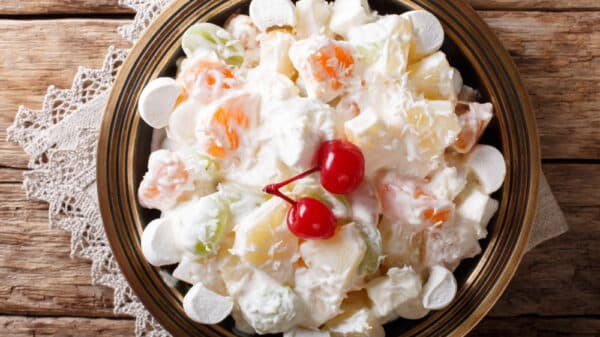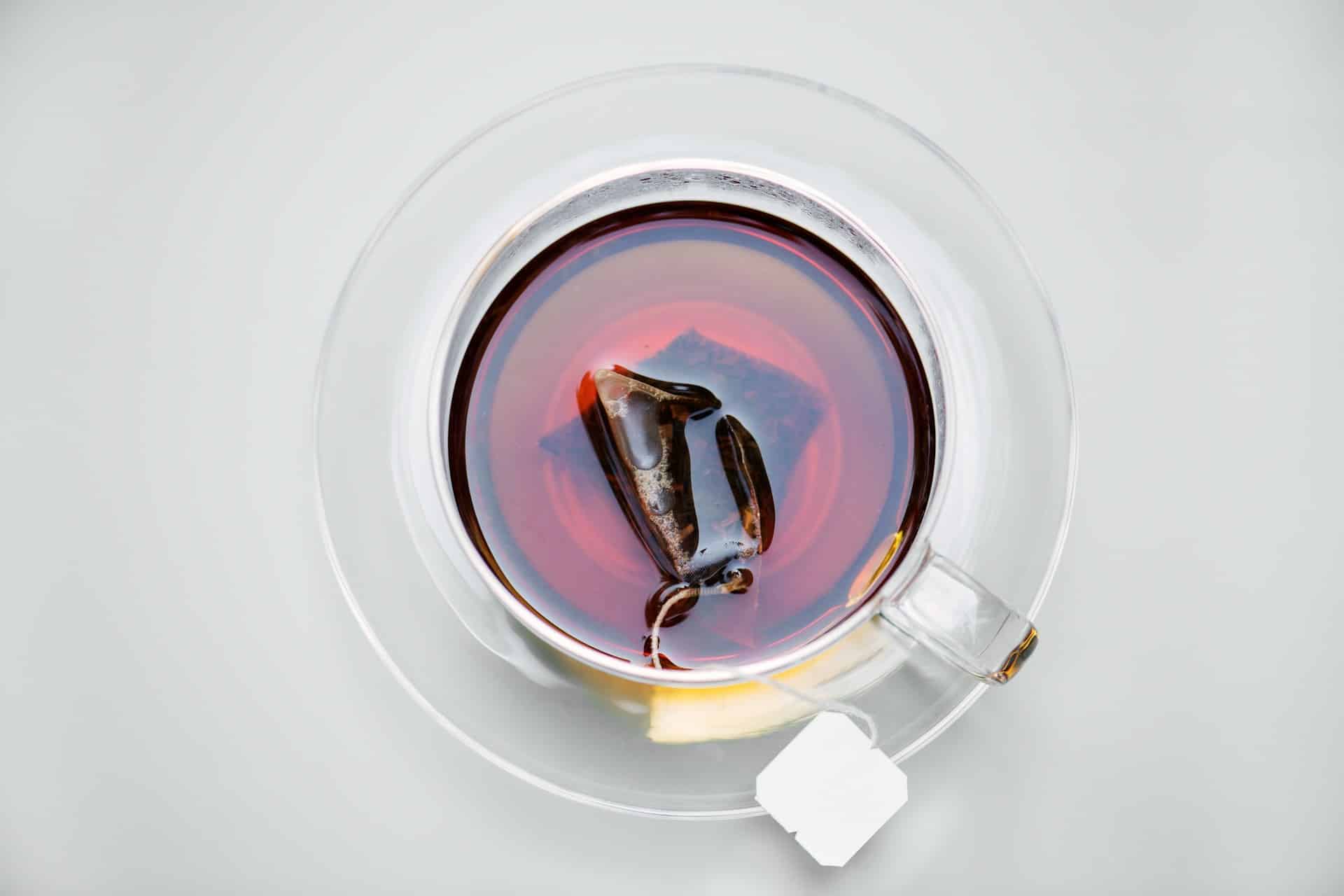Tea drinking is a cherished ritual for many, especially in cultures like the U.K., where an average drinker might dispose of around four tea bags daily. This leads to an estimated 1,500 bags per person each year entering the landfill. With an increasing focus on sustainability, many are curious whether they can extend the life of their tea bags beyond a single steep. The short answer is yes—though with certain limitations.
Optimal Steeping Times for Various Tea Types
While tea bags are primarily designed for one-time use, they can often yield a second or sometimes a third steep. The effectiveness of this reuse largely depends on the type of tea.
– Black and Herbal Teas: These varieties generally require longer steeping times and tend to lose flavor more quickly. After one or two uses, you might find that your cup leans more towards hot water than tea.
– Green, Oolong, and White Teas: These teas are more resilient. Their shorter steeping times allow them to maintain flavor better during a second brewing.
Additionally, loose-leaf teas typically perform better than bagged teas; whole leaves provide a more robust flavor compared to the fragmented leaves often found in packaged bags.
Storage Tips for Used Tea Bags
Proper storage is crucial if you intend to reuse tea bags. To maintain the taste as well as hygiene:
1. Keep Them Moist: Used tea bags should remain damp. If they dry out, they risk becoming a breeding ground for bacteria or mold.
2. Water Temperature Matters: Always store used bags in cool water. Hot water can lead to over-steeping, which results in a bitter taste.
It’s advised to reuse tea bags within a few hours to a day after their first use for optimal flavor before choosing a fresh bag.
Creative Uses for Used Tea Bags
Even when used tea bags have lost their potency for brewing, they can add value in various other ways. Here are some creative applications:
Beauty Hacks
Chilled tea bags serve as a quick beauty remedy. Placing them under tired eyes can reduce puffiness, while the natural compounds in green and black teas can help calm minor sunburns due to their anti-inflammatory properties.
Household Uses
Used tea bags can double as handy cleaning tools:
– Streak-Free Mirrors: Wipe them on mirrors for a clean, streak-free shine.
– Degreasing Dishes: Utilize the bags to scrub greasy dishes.
– Cleaning Bamboo Steamers: They can aid in maintaining cleanliness of your culinary tools.
Gardening Benefits
Incorporating used tea bags into plant care adds another layer of sustainability:
– After opening the bags, you can sprinkle the tea leaves into the soil as a natural fertilizer, especially for acid-loving plants like hydrangeas and ferns.
– Alternatively, used tea bags can be composted, enriching the soil as they break down.
Culinary Enhancements
The subtle flavor of used tea leaves can also be an excellent addition to culinary endeavors. For instance, when cooking grains like rice or quinoa, dropping in a used tea bag infuses a gentle flavor, enhancing the dish without overpowering it. Ginger tea can add a unique twist to fried rice, while lemon-infused black tea can brighten the taste of Chitranna, an Indian lemon rice dish.
Conclusion
Reusing tea bags offers a practical and eco-friendly approach to reduce waste while enjoying the benefits of tea. From steeping multiple cups to creative household and beauty applications, the potential of used tea bags is far-reaching. As tea enthusiasts, embracing these practices not only enhances our daily rituals but also contributes positively to the environment.
Image Source: Unsplash


































